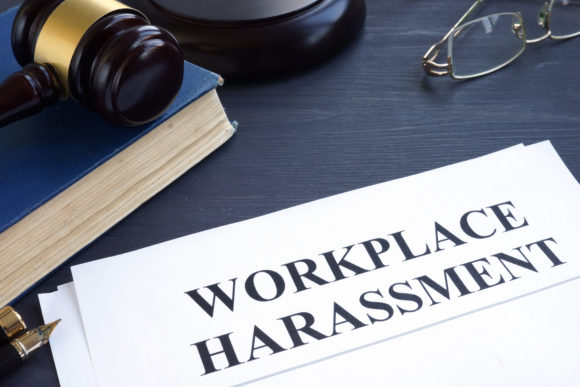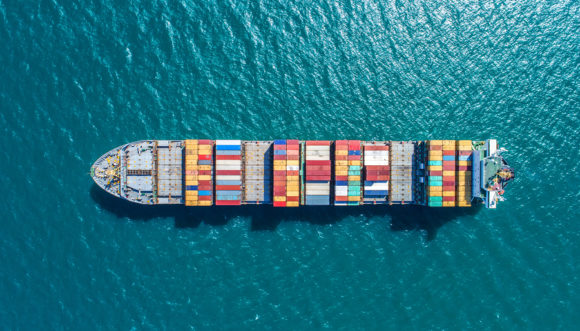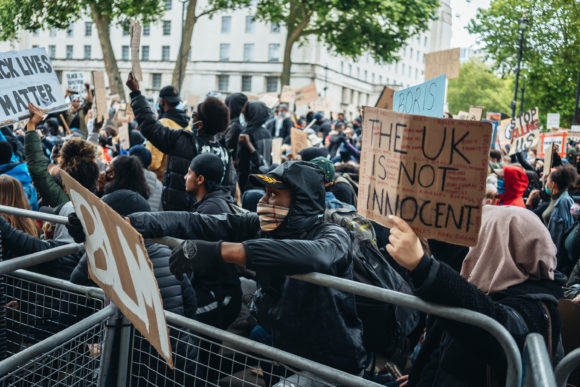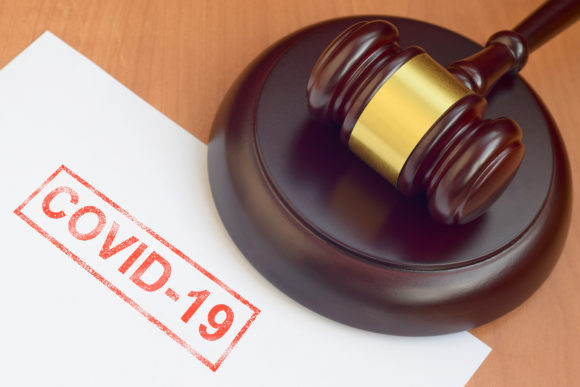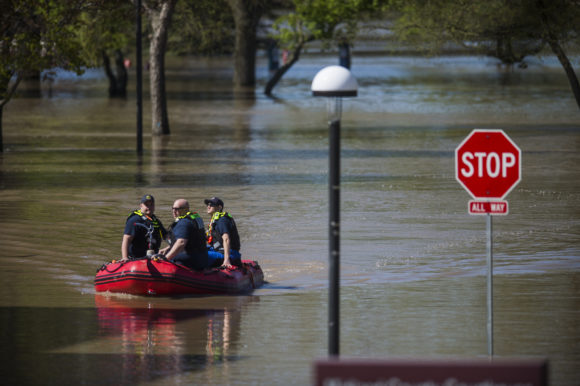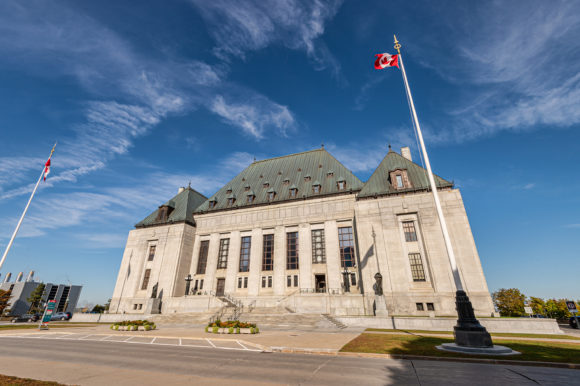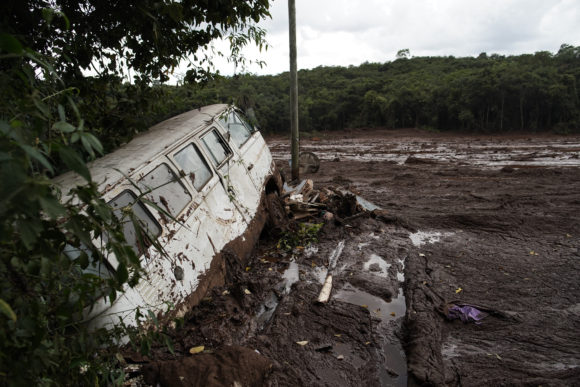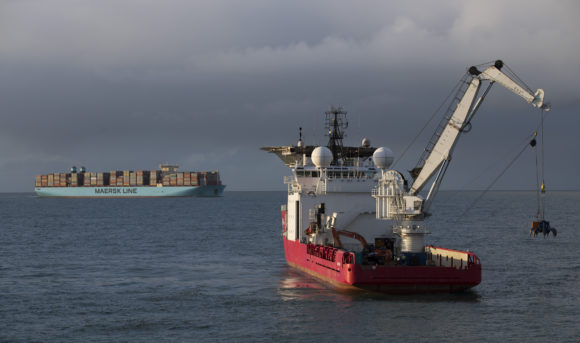3 Washington Redskins Co-Owners Want Out, But Daniel Snyder Remains All-In
BY SCOTT MCDONALD ON 7/5/20
Former NFL Player Burgess Owens Wins Utah’s Fourth Congressional District Primary
READ MORE
Nike Pulls Redskins From Online Site After FedEx Demands a Name Change
AOC Slams Redskins, Says 'Change Your Name' if Team Wants 'Racial Justice'
Washington Redskins Urged to Lose Name, or Millions in Sponsorships
This isn't the only time in history the Redskins have faced opposition to the name. Native American groups in the late 1960s began efforts to end any harmful stereotypes or images of Native American life, especially in the sports world. By the early 1970s, there became a growing plea from activists for the Redskins to drop their name, or change its mascot altogether.
Although requests for sports teams to change their mascots from Indians and similar names somewhat dissipated throughout the 1980s, it began picking up steam again following the 1991 season, when the Redskins advanced to the Super Bowl XXVI in Minneapolis.
About 3,000 demonstrators showed up at the game to protest the Redskins name—the largest such protest at the time. Later that year, a Native American group filed a petition to have the team's nickname removed from trademark.
A federal appeals board sided with the petitioners, but the Redskins appealed the ruling. The board ruled that the team's name was belittling to Native Americans.
In 2004, a poll of 768 self-identified Indians showed that only nine percent of them were offended by Washington's nickname, and it's a survey that owner Daniel Snyder has used to this day as a way to defend the Redskins organization and brand.
Lawsuits have continuously been filed against the Washington Redskins, but the organization has never wavered. Snyder even said in 2013 that he would never change the team's name.
After the death of George Floyd on May 25 while in custody of police, protests against his death—and police brutality against Blacks, in general—swept the nation. There have also been protests for equality of all races, including Native Americans.
In the letter from the investors to Nike, it stated, "the use of the R-word as the name and mascot of the Washington National Football League team is offensive and hurtful to American Indian and Alaska Native people and causes direct, harmful effects on the physical and mental health and academic achievement of the American Indian and Alaska Native populations, particularly youth; and ... despite the team's arguments to the contrary, the R-word is not a term of honor or respect, but rather, a term that still connotes racism and genocide for Native peoples and for all others who know of this history and recognize that it is wrong to characterize people by the color of their skin."
Former NFL Player Burgess Owens Wins Utah’s Fourth Congressional District Primary
Things are changing quickly with the NFL's Washington Redskins and their mascot of the last 88 years. Just days after two major sponsors threatened to pull their millions of dollars, three co-owners now want out of their shares.
And none of them are named Daniel Snyder.
The three minority owners in the team—Robert Rothman, Dwight Schar and Frederick W. Smith—hold a collective 40 percent ownership, and they have reportedly hired an investment firm to help them sell their shares of the club, the Washington Post reported.
Snyder owns the majority of the team, and the other three co-owners are "not happy being a partner." The Washington Redskins are worth about $3.4 billion, according to Forbes' latest calculations. That ranks seventh in the National Football League.

And none of them are named Daniel Snyder.
The three minority owners in the team—Robert Rothman, Dwight Schar and Frederick W. Smith—hold a collective 40 percent ownership, and they have reportedly hired an investment firm to help them sell their shares of the club, the Washington Post reported.
Snyder owns the majority of the team, and the other three co-owners are "not happy being a partner." The Washington Redskins are worth about $3.4 billion, according to Forbes' latest calculations. That ranks seventh in the National Football League.

Washington Redskins owner Daniel Snyder sits next to his franchise's three Super Bowl trophies during a press conference in Ashburn, Virginia. Snyder now has three co-owners who want out of their ownership.PHOTO BY LARRY FRENCH /GETTY IMAGES
The latest news comes after a sequence of events over the last week that has forced the team to reexamine the name "Redskins" and whether it should be changed.
A group of investors on Wednesday sent letters to the team's top three sponsors—FedEx, Nike and Pepsi—urging them to pull their sponsorships if the team did not change their name from Redskins to something else. The next day, FedEx sent a letter to the team that threatened a yanking of sponsorship dollars.
Why is FedEx important? FedEx holds the naming rights to the team's stadium, and pulling sponsorship could cost the Washington NFL franchise many millions of dollars if the team doesn't comply. Not to mention, the team would scramble to recuperate those dollars with another sponsor—one not likely to throw down cash unless a name change was made.
And within a few hours of the FedEx decision, Nike pulled all of its Redskins merchandise from the Nike.com website. Not only did a search of "Washington Redskins" take users to an empty landing page, Washington was omitted from the list of NFL teams on Nike's website.
On Wednesday, 87 different investors and shareholders, whose total net worth is $620 billion, signed the letters urging the them to pull their sponsorships unless the Redskins change their nickname.
"This is a broader movement now that's happening that Indigenous peoples are part of," said Carla Fredericks, who is director of First Peoples Worldwide and director of the University of Colorado Law School's American Indian Law Clinic. "Indigenous peoples were sort of left out of the civil rights movement in the late 1960s in many respects, because our conditions were so dire on reservations and our ability to engage publicly was very limited because of that. With social media now, obviously everything is very different."
FedEx made the first move.
"We have communicated to the team in Washington our request that they change the team name," FedEx said in a statement.
Then Nike pulled the Redskins gear.
The latest news comes after a sequence of events over the last week that has forced the team to reexamine the name "Redskins" and whether it should be changed.
A group of investors on Wednesday sent letters to the team's top three sponsors—FedEx, Nike and Pepsi—urging them to pull their sponsorships if the team did not change their name from Redskins to something else. The next day, FedEx sent a letter to the team that threatened a yanking of sponsorship dollars.
Why is FedEx important? FedEx holds the naming rights to the team's stadium, and pulling sponsorship could cost the Washington NFL franchise many millions of dollars if the team doesn't comply. Not to mention, the team would scramble to recuperate those dollars with another sponsor—one not likely to throw down cash unless a name change was made.
And within a few hours of the FedEx decision, Nike pulled all of its Redskins merchandise from the Nike.com website. Not only did a search of "Washington Redskins" take users to an empty landing page, Washington was omitted from the list of NFL teams on Nike's website.
On Wednesday, 87 different investors and shareholders, whose total net worth is $620 billion, signed the letters urging the them to pull their sponsorships unless the Redskins change their nickname.
"This is a broader movement now that's happening that Indigenous peoples are part of," said Carla Fredericks, who is director of First Peoples Worldwide and director of the University of Colorado Law School's American Indian Law Clinic. "Indigenous peoples were sort of left out of the civil rights movement in the late 1960s in many respects, because our conditions were so dire on reservations and our ability to engage publicly was very limited because of that. With social media now, obviously everything is very different."
FedEx made the first move.
"We have communicated to the team in Washington our request that they change the team name," FedEx said in a statement.
Then Nike pulled the Redskins gear.
READ MORE
Nike Pulls Redskins From Online Site After FedEx Demands a Name Change
AOC Slams Redskins, Says 'Change Your Name' if Team Wants 'Racial Justice'
Washington Redskins Urged to Lose Name, or Millions in Sponsorships
This isn't the only time in history the Redskins have faced opposition to the name. Native American groups in the late 1960s began efforts to end any harmful stereotypes or images of Native American life, especially in the sports world. By the early 1970s, there became a growing plea from activists for the Redskins to drop their name, or change its mascot altogether.
Although requests for sports teams to change their mascots from Indians and similar names somewhat dissipated throughout the 1980s, it began picking up steam again following the 1991 season, when the Redskins advanced to the Super Bowl XXVI in Minneapolis.
About 3,000 demonstrators showed up at the game to protest the Redskins name—the largest such protest at the time. Later that year, a Native American group filed a petition to have the team's nickname removed from trademark.
A federal appeals board sided with the petitioners, but the Redskins appealed the ruling. The board ruled that the team's name was belittling to Native Americans.
In 2004, a poll of 768 self-identified Indians showed that only nine percent of them were offended by Washington's nickname, and it's a survey that owner Daniel Snyder has used to this day as a way to defend the Redskins organization and brand.
Lawsuits have continuously been filed against the Washington Redskins, but the organization has never wavered. Snyder even said in 2013 that he would never change the team's name.
After the death of George Floyd on May 25 while in custody of police, protests against his death—and police brutality against Blacks, in general—swept the nation. There have also been protests for equality of all races, including Native Americans.
In the letter from the investors to Nike, it stated, "the use of the R-word as the name and mascot of the Washington National Football League team is offensive and hurtful to American Indian and Alaska Native people and causes direct, harmful effects on the physical and mental health and academic achievement of the American Indian and Alaska Native populations, particularly youth; and ... despite the team's arguments to the contrary, the R-word is not a term of honor or respect, but rather, a term that still connotes racism and genocide for Native peoples and for all others who know of this history and recognize that it is wrong to characterize people by the color of their skin."
